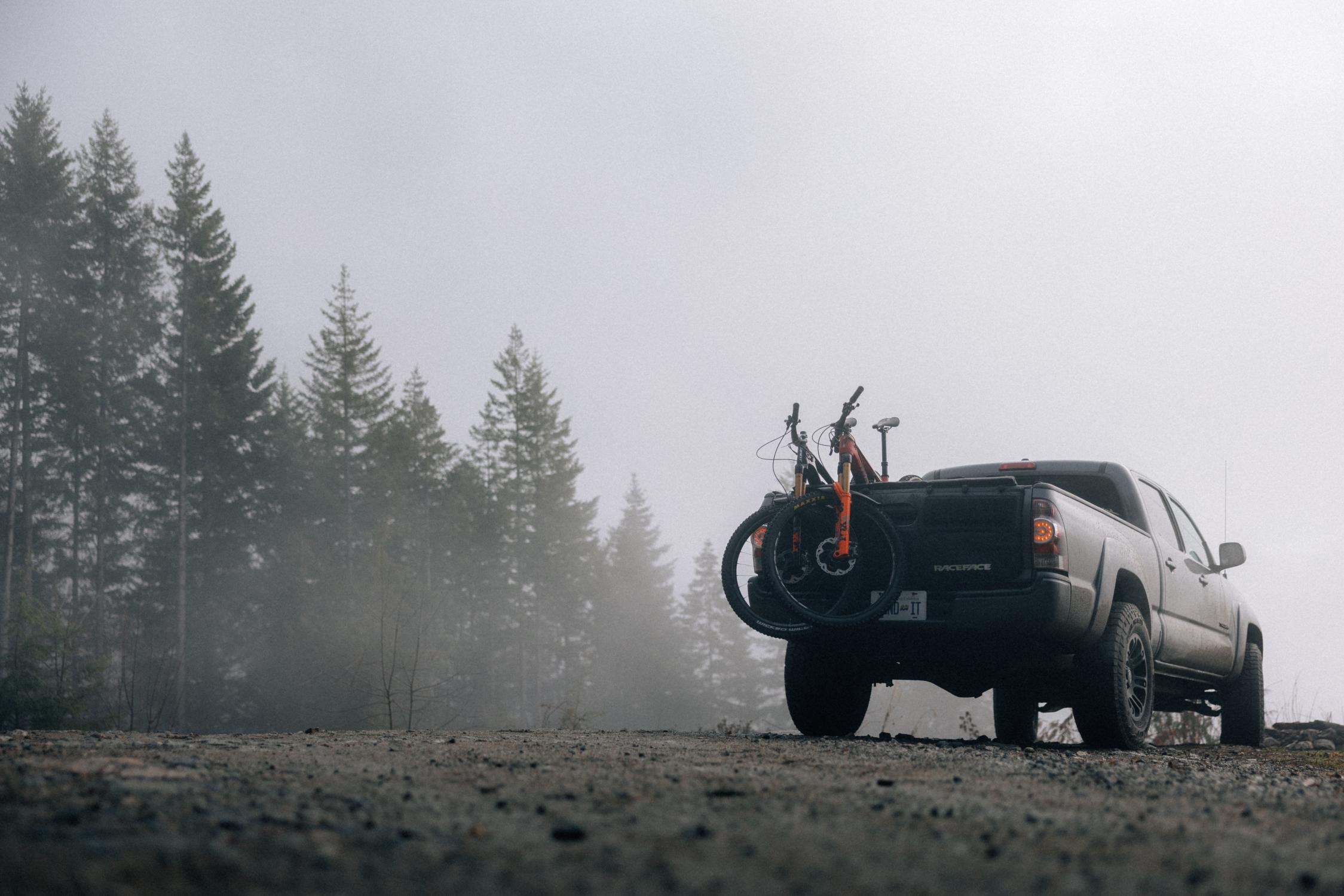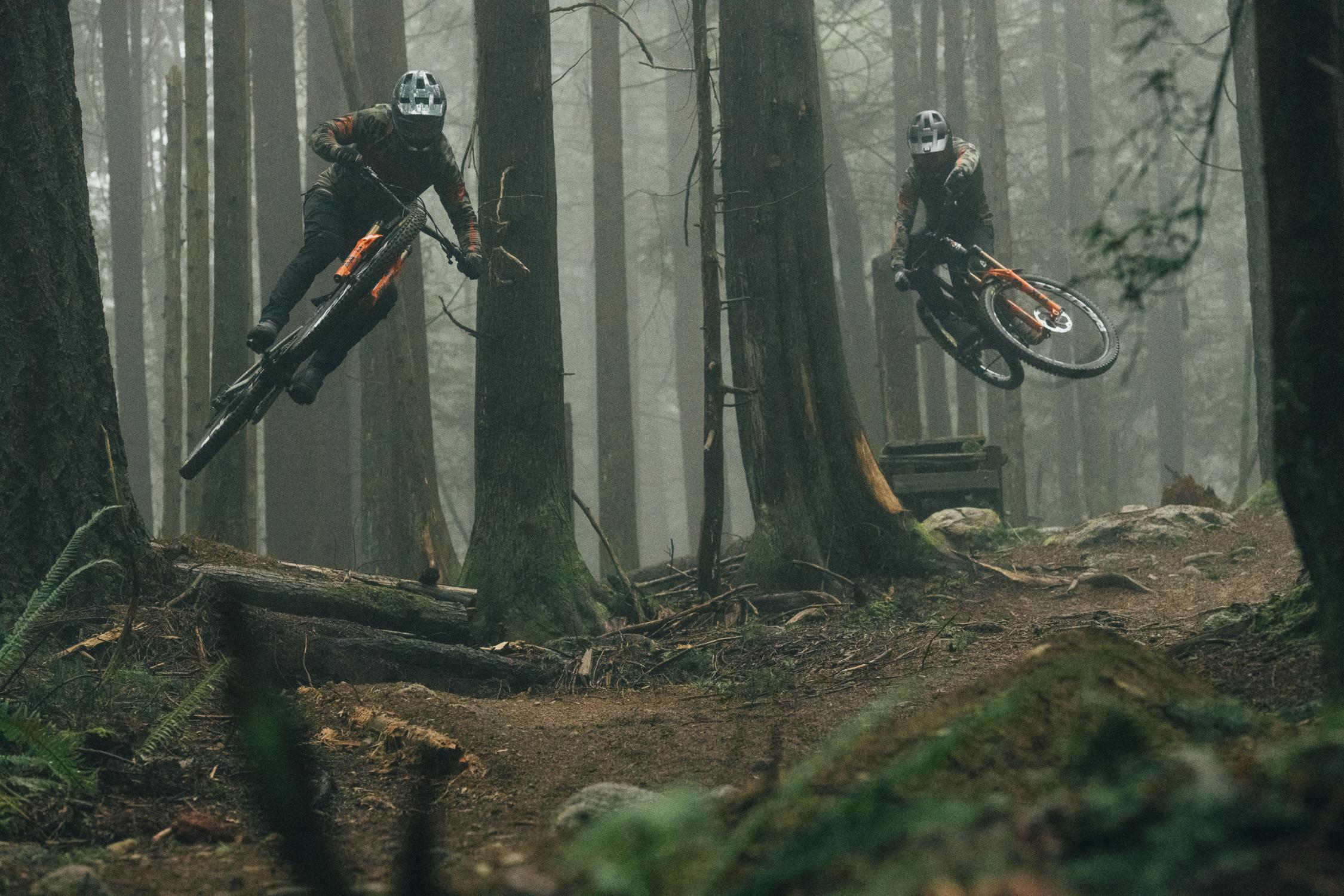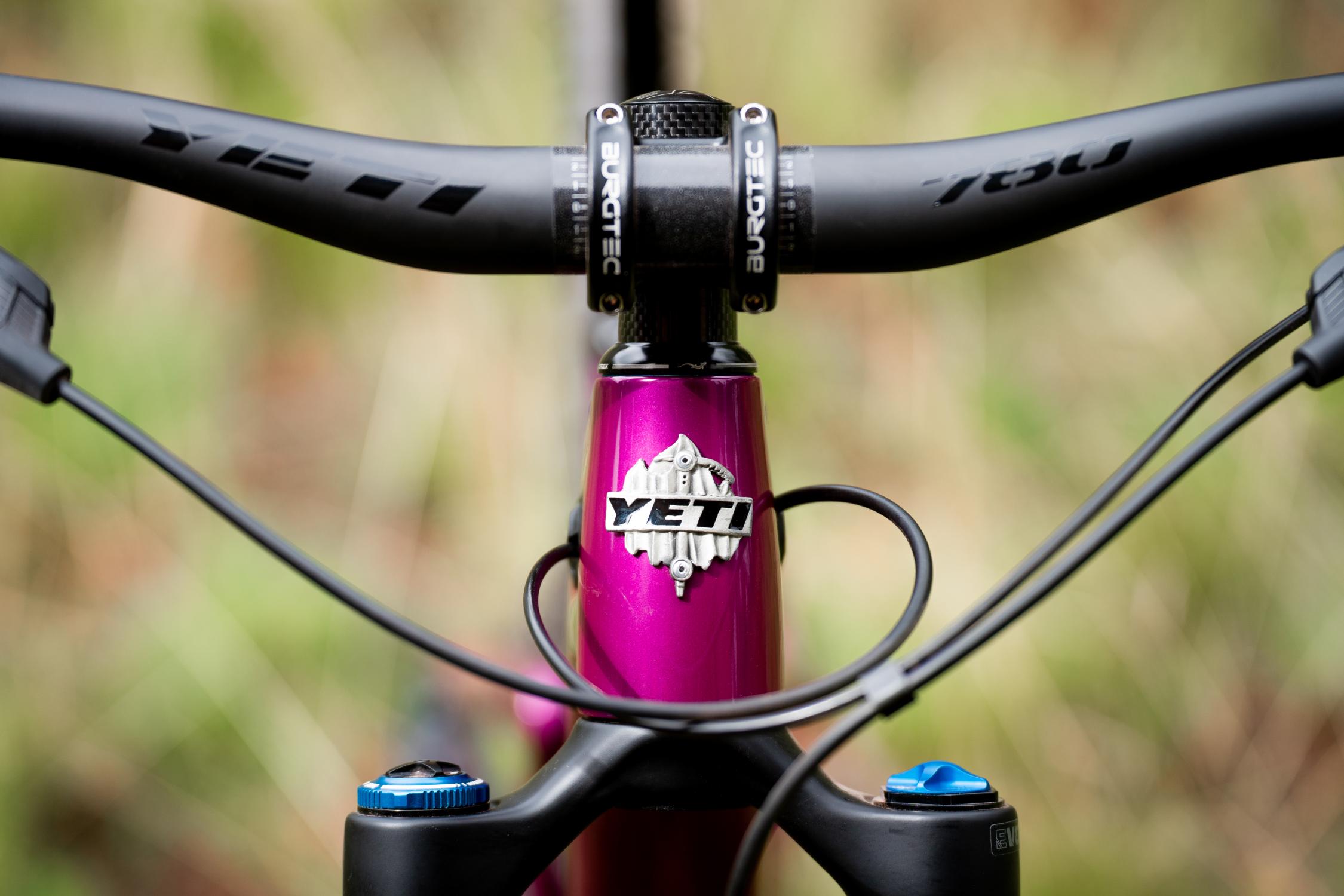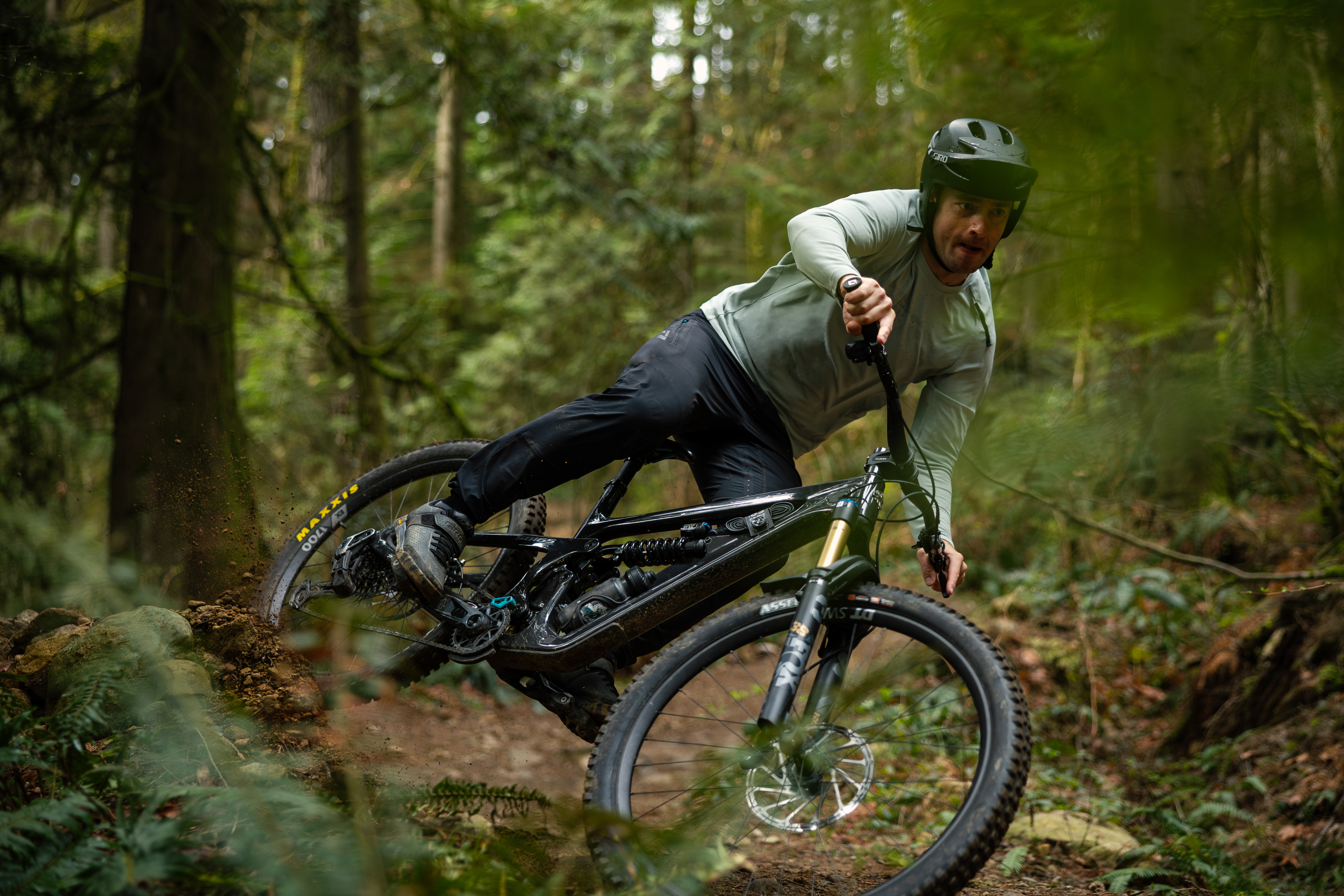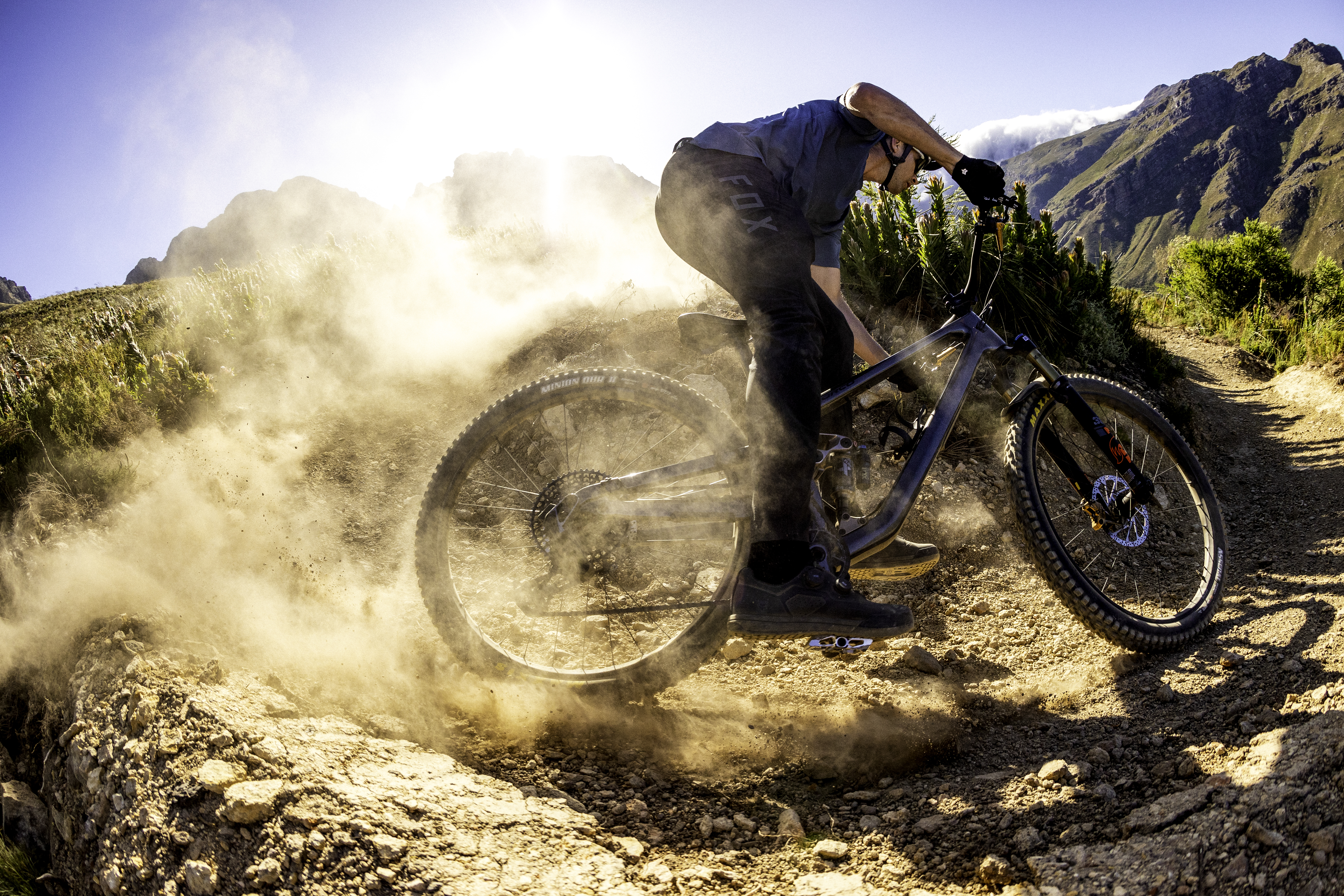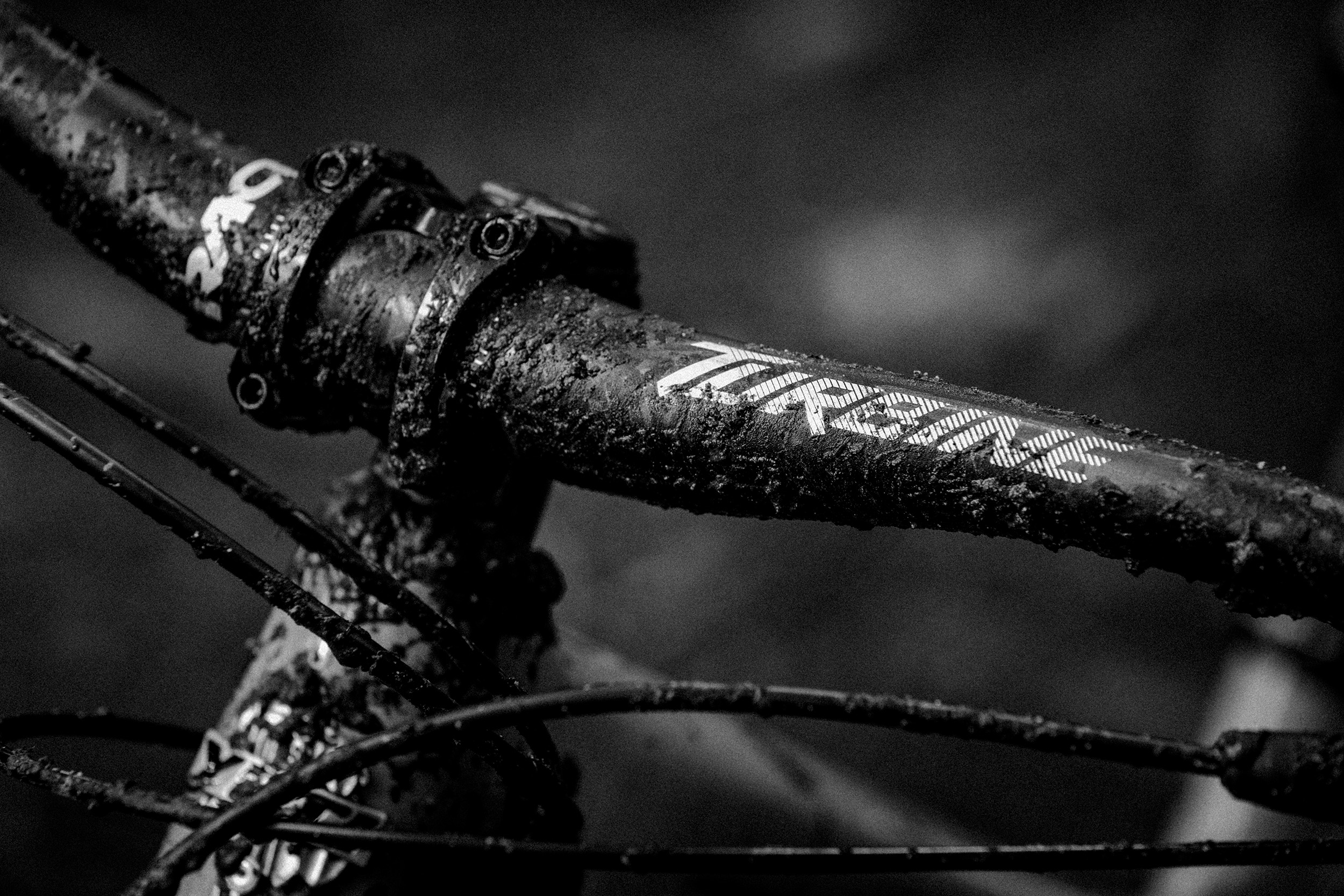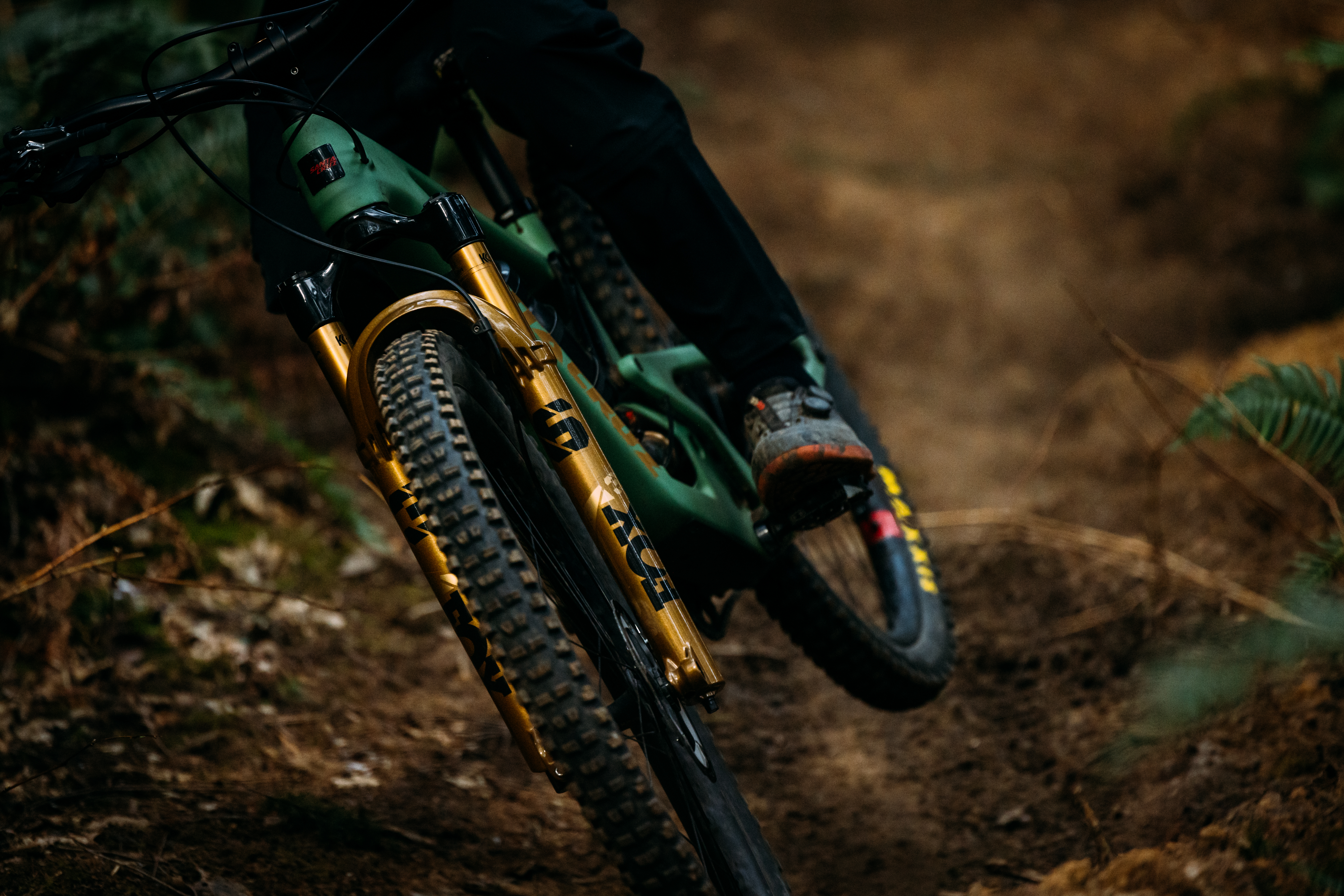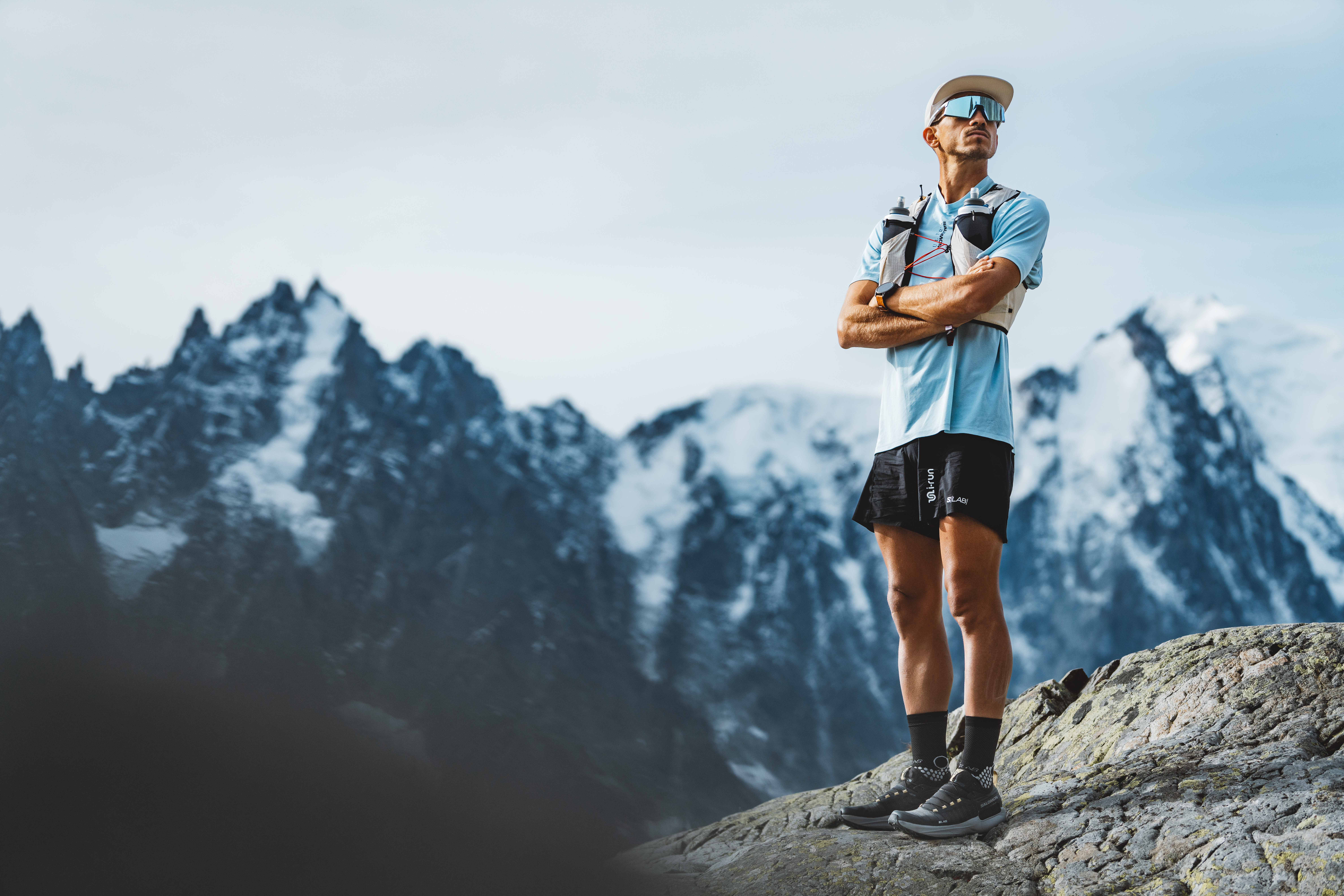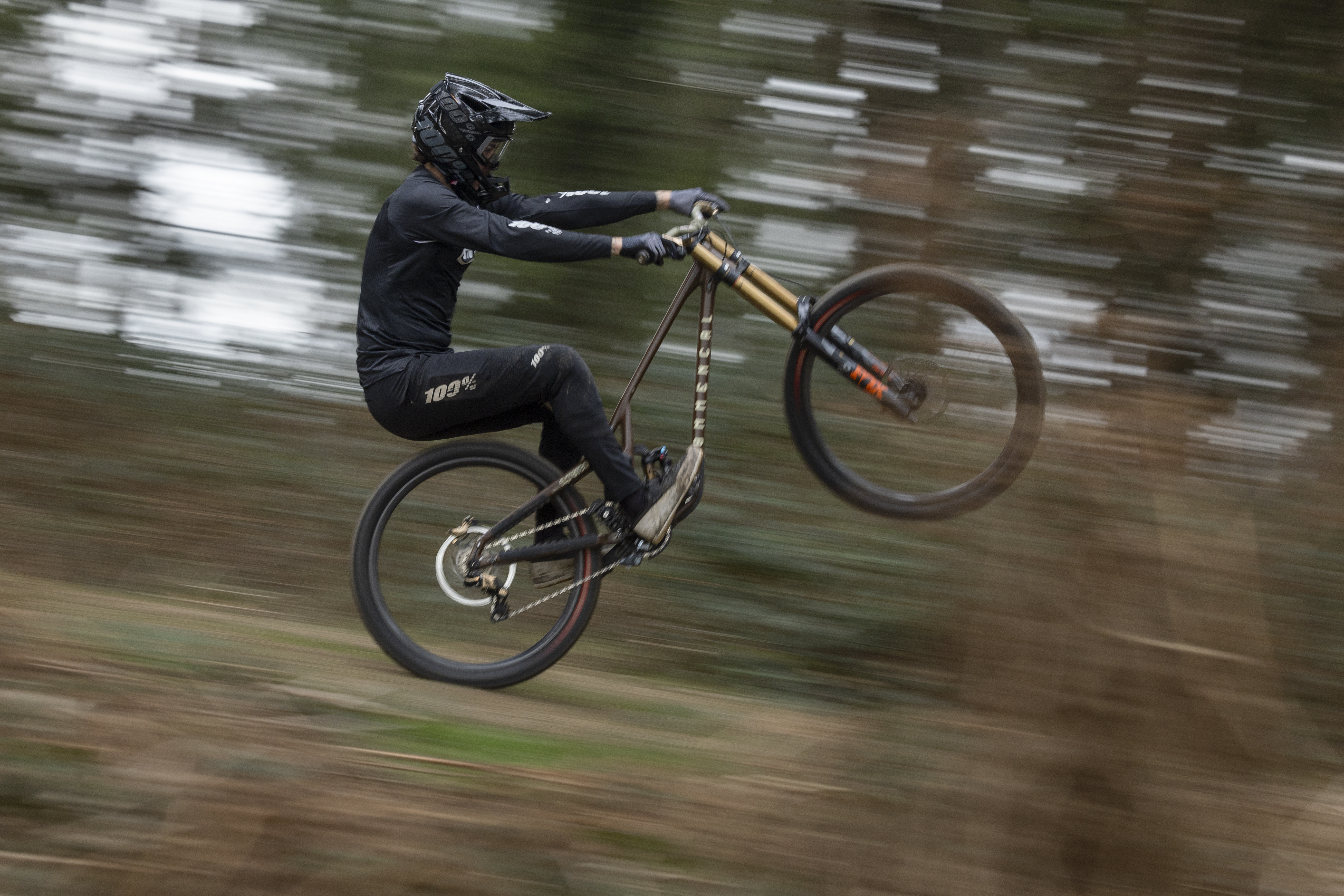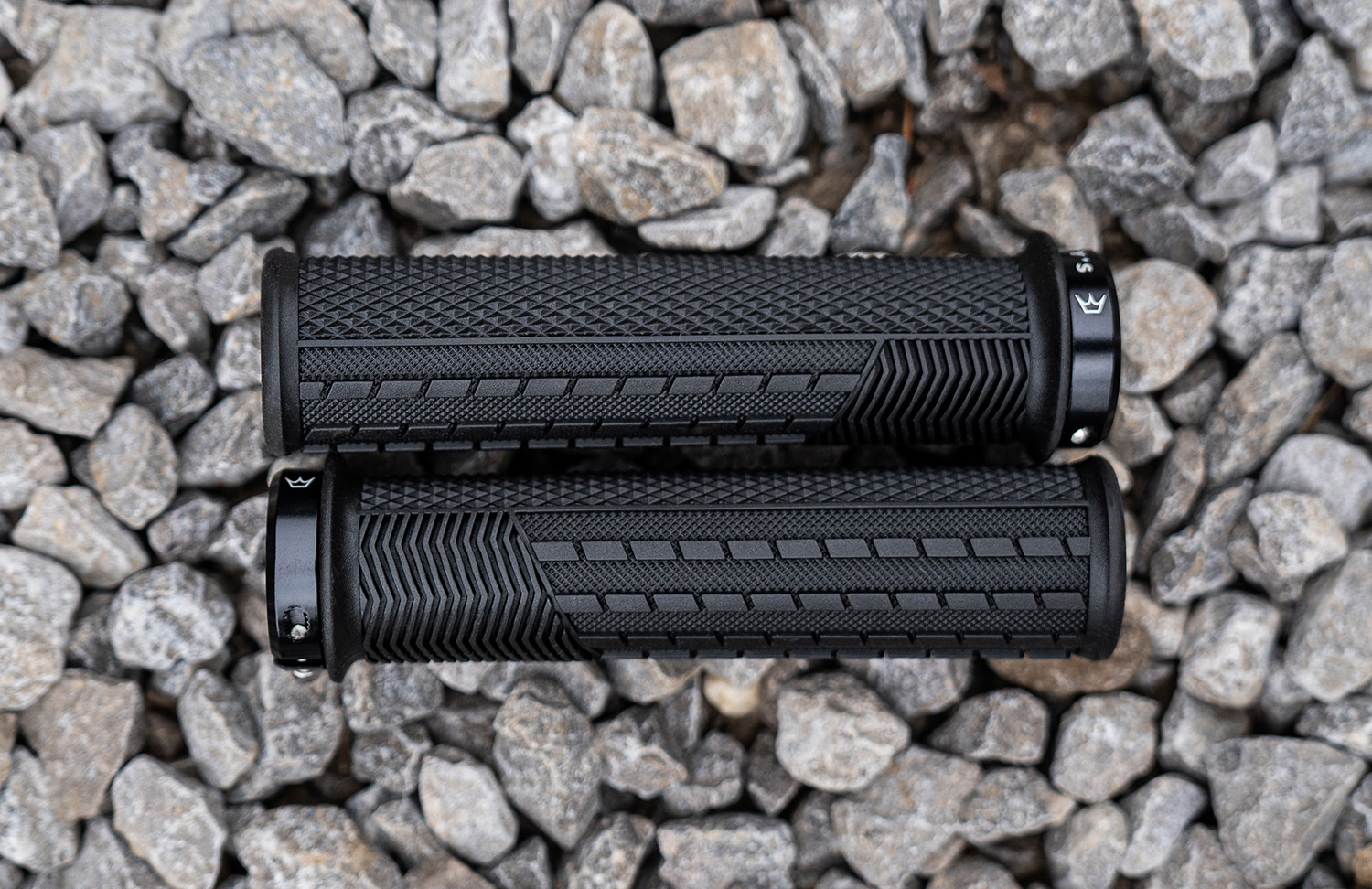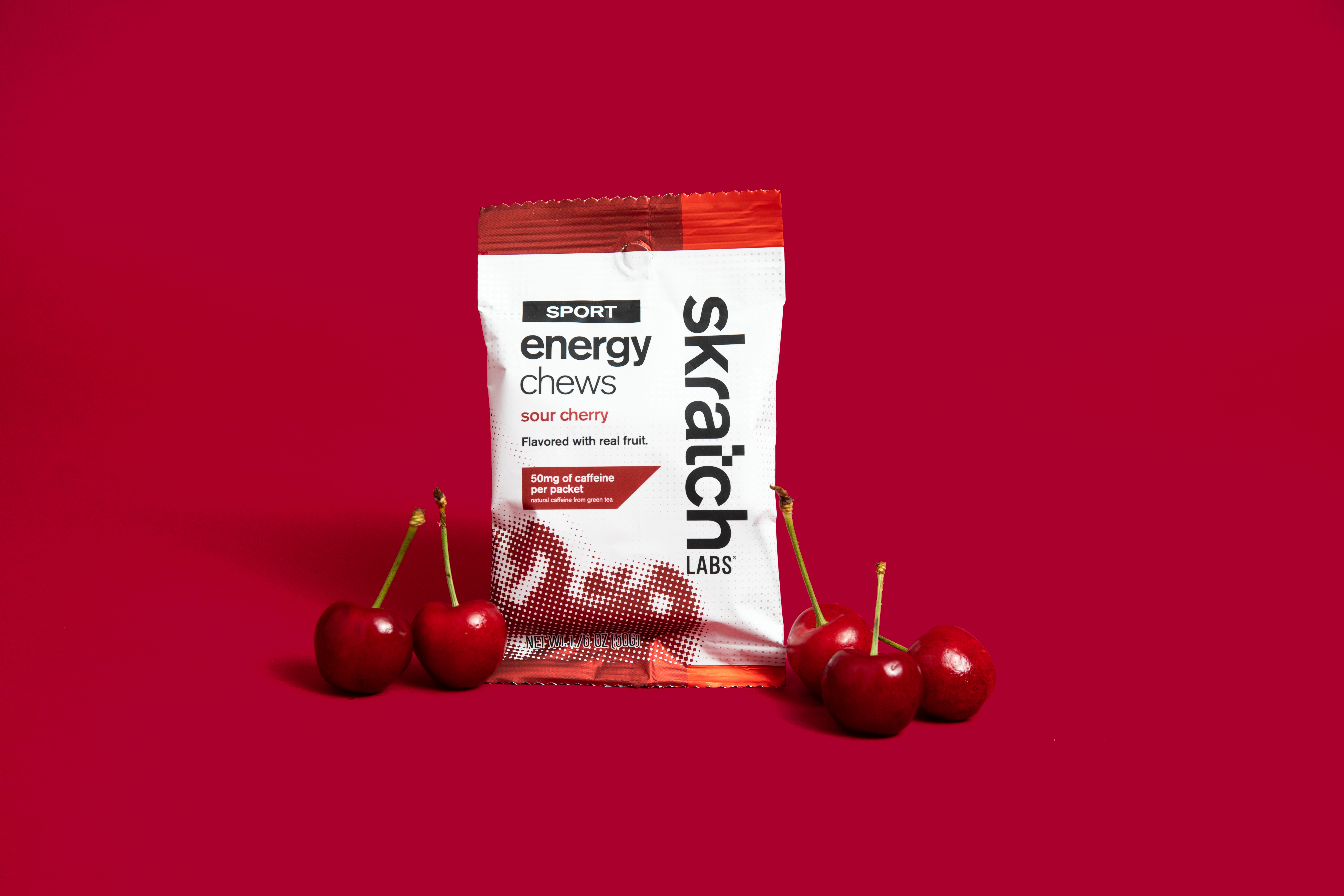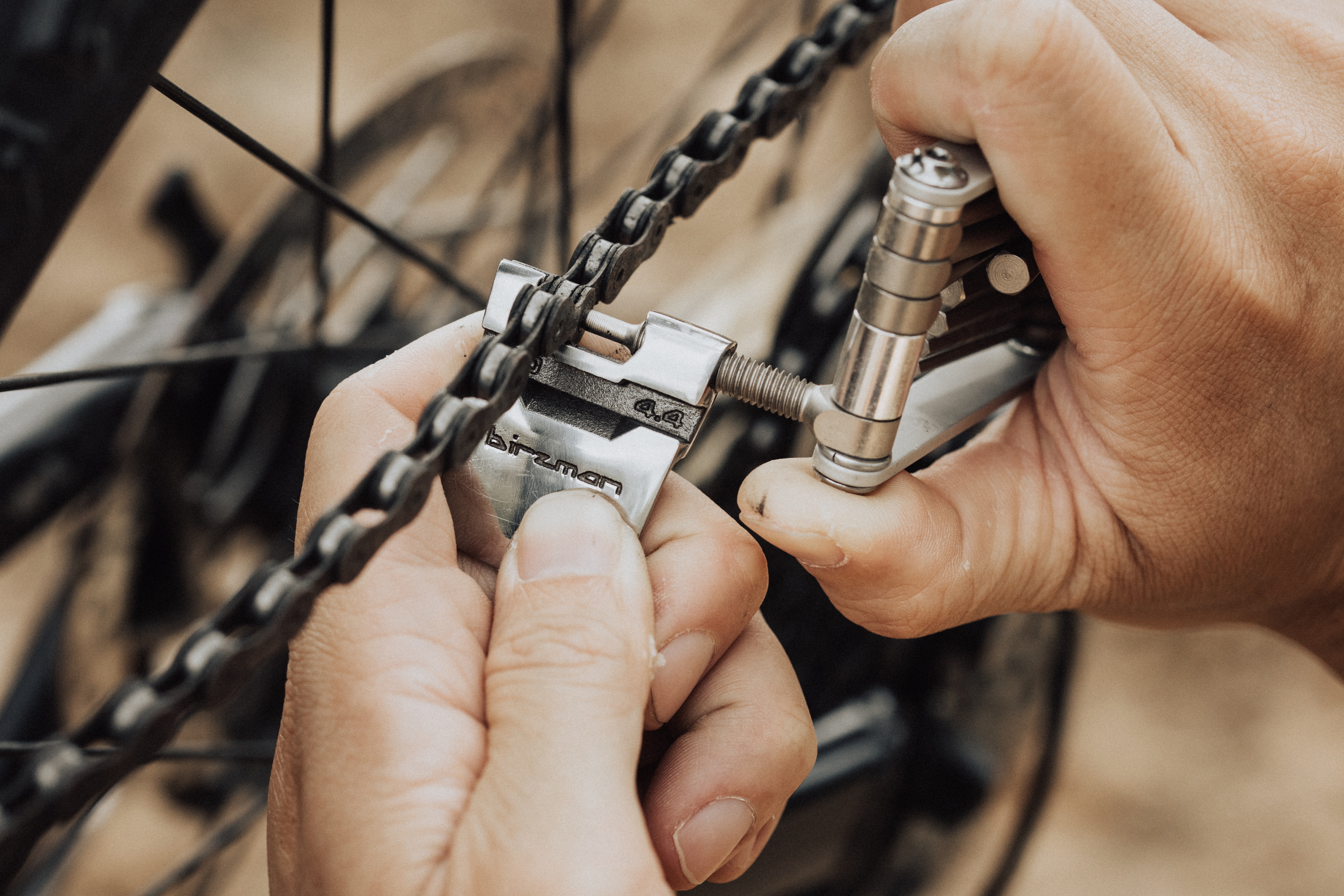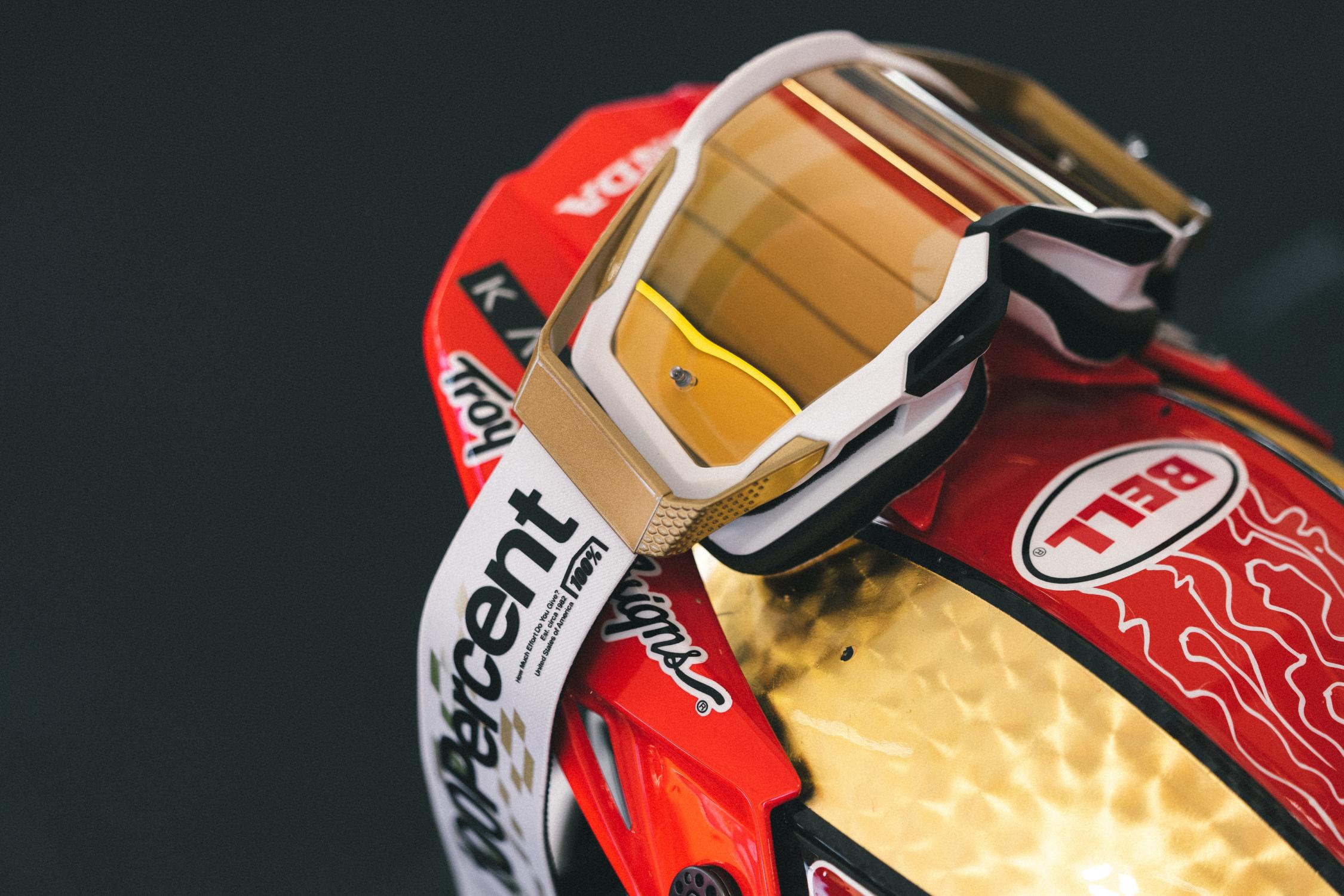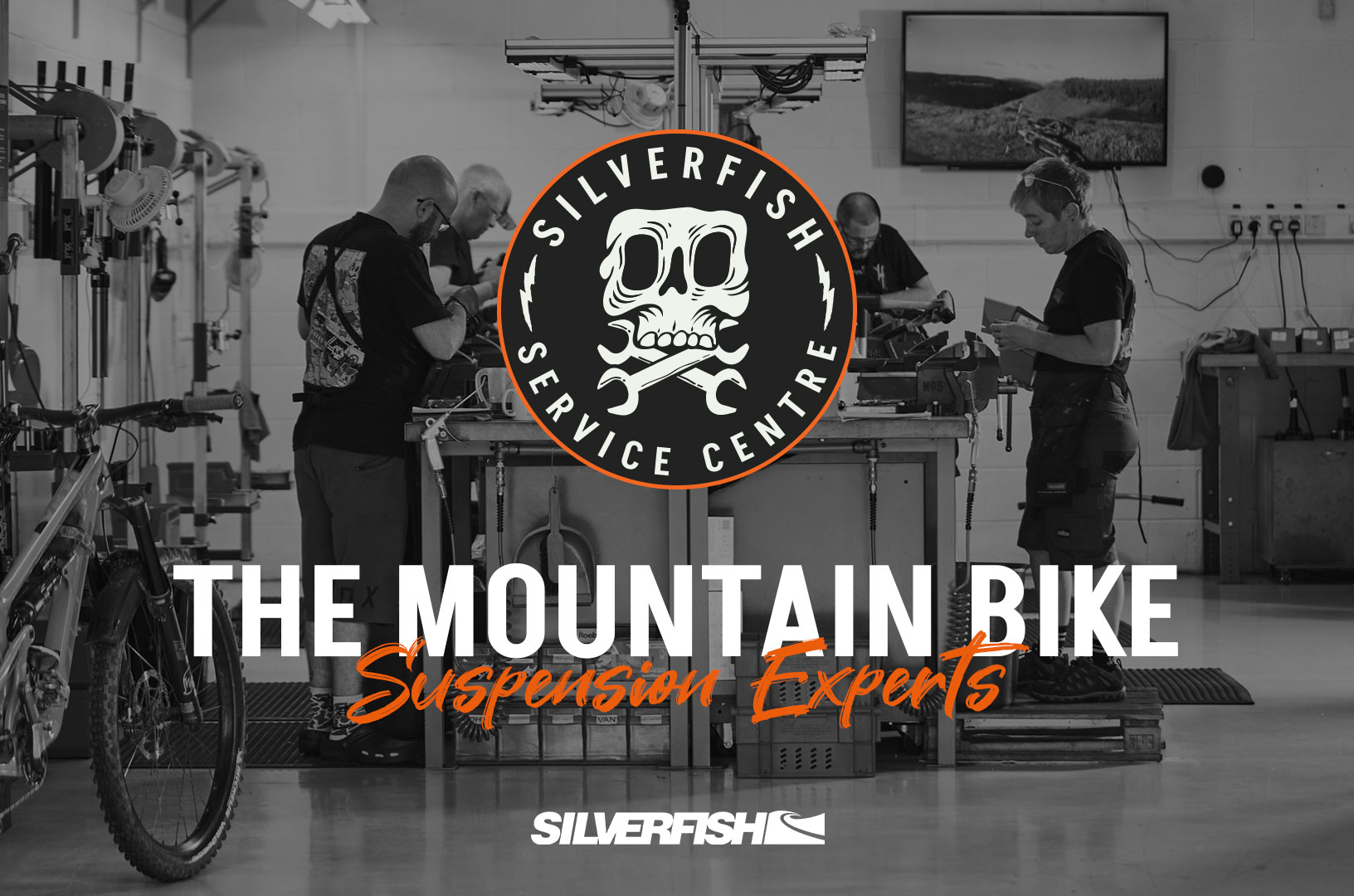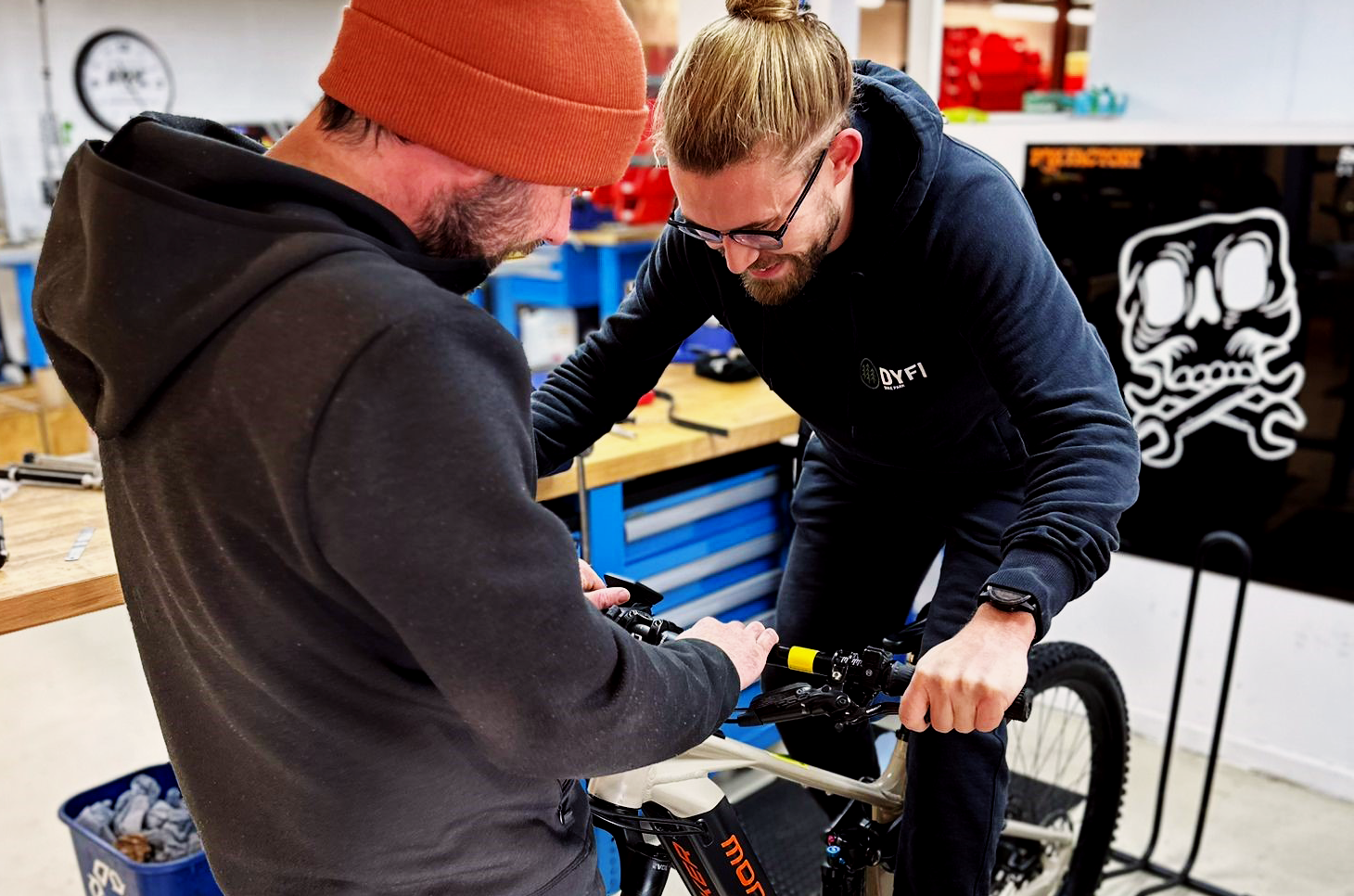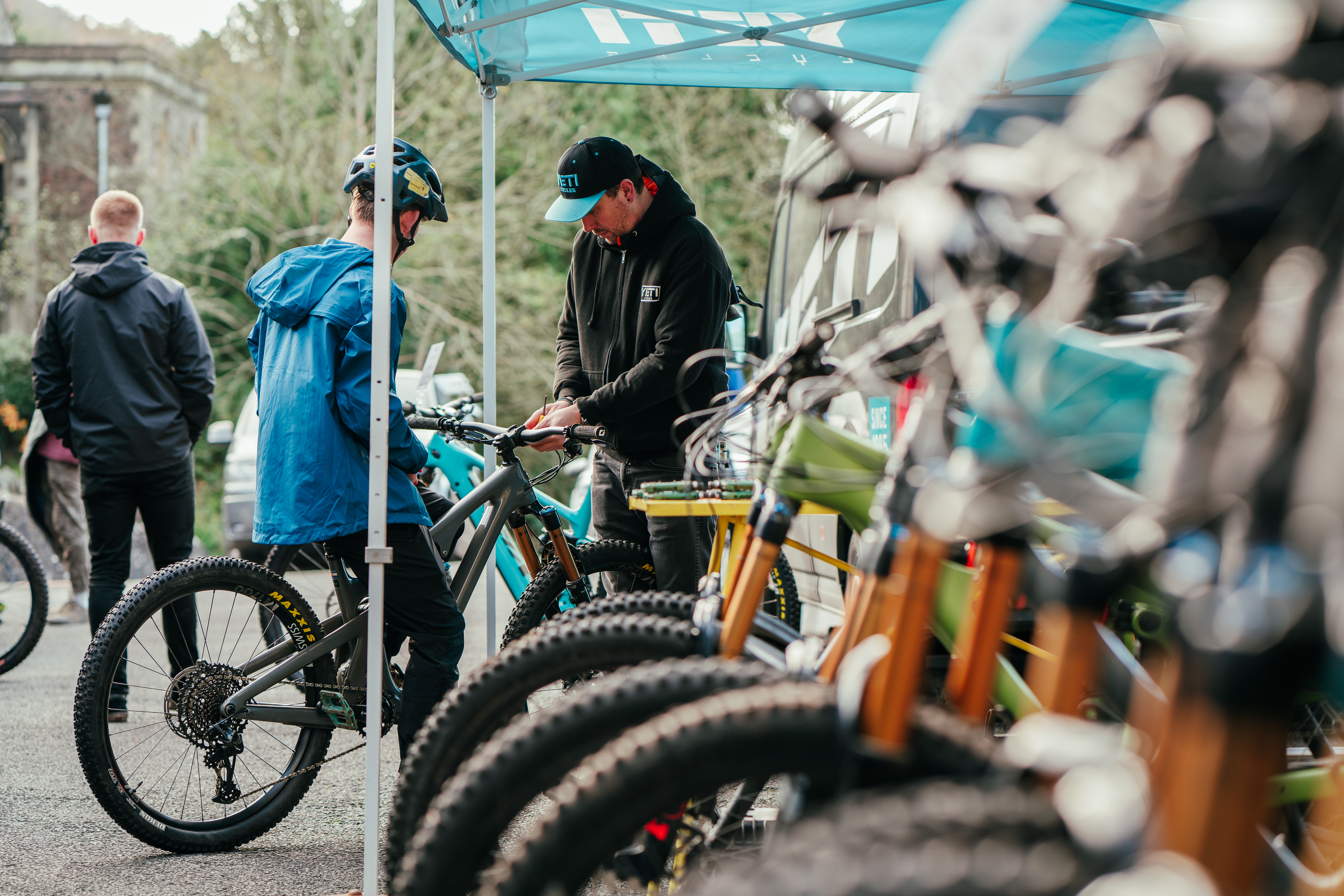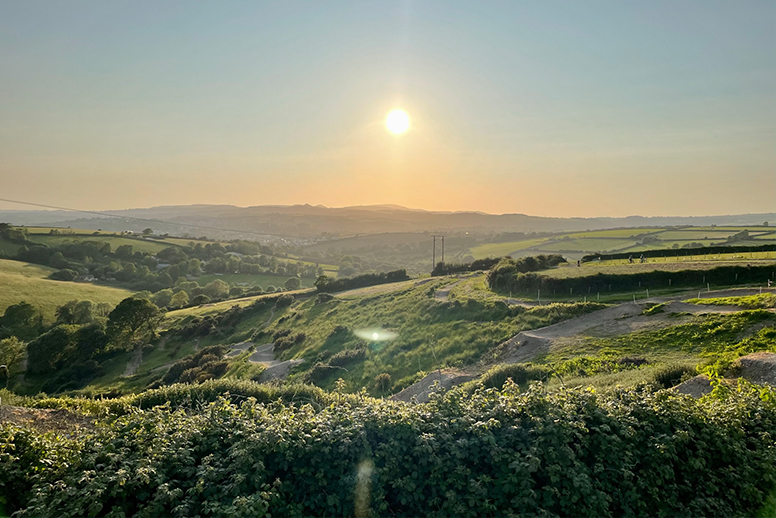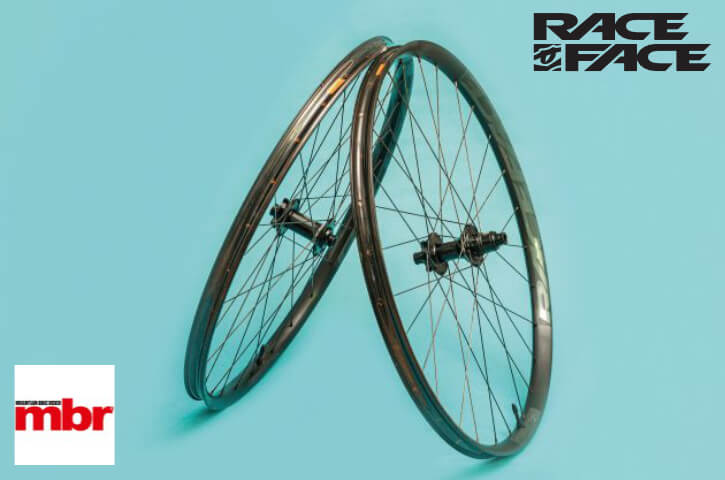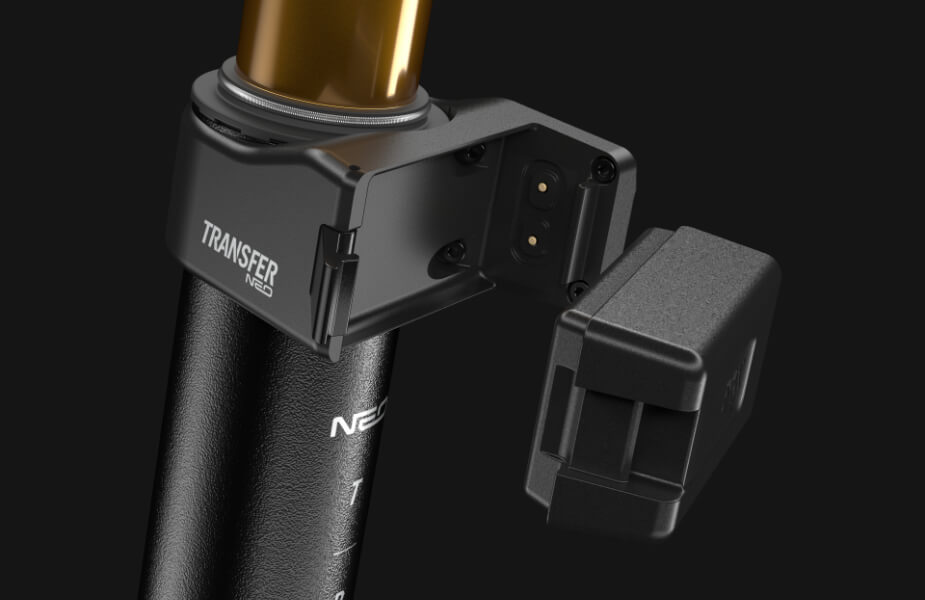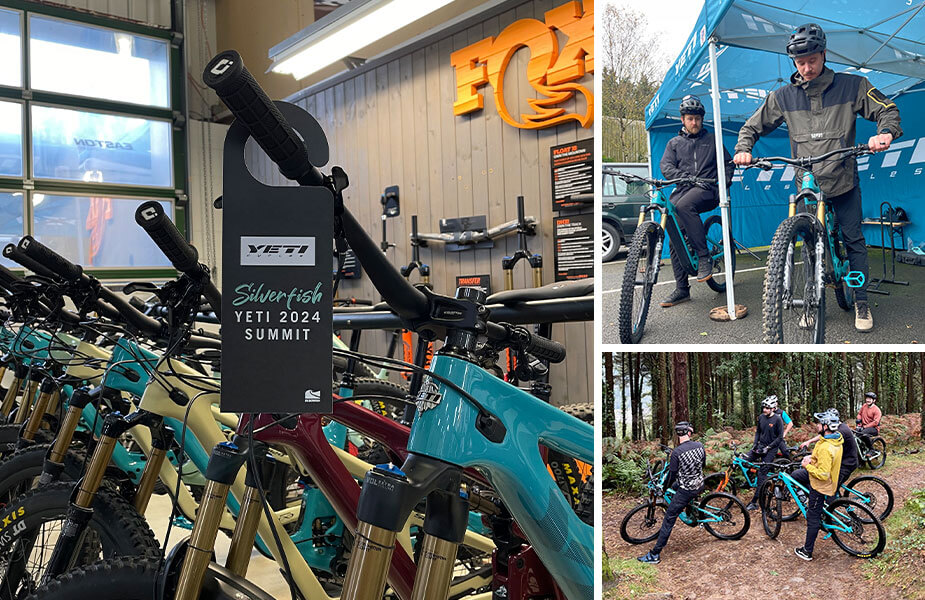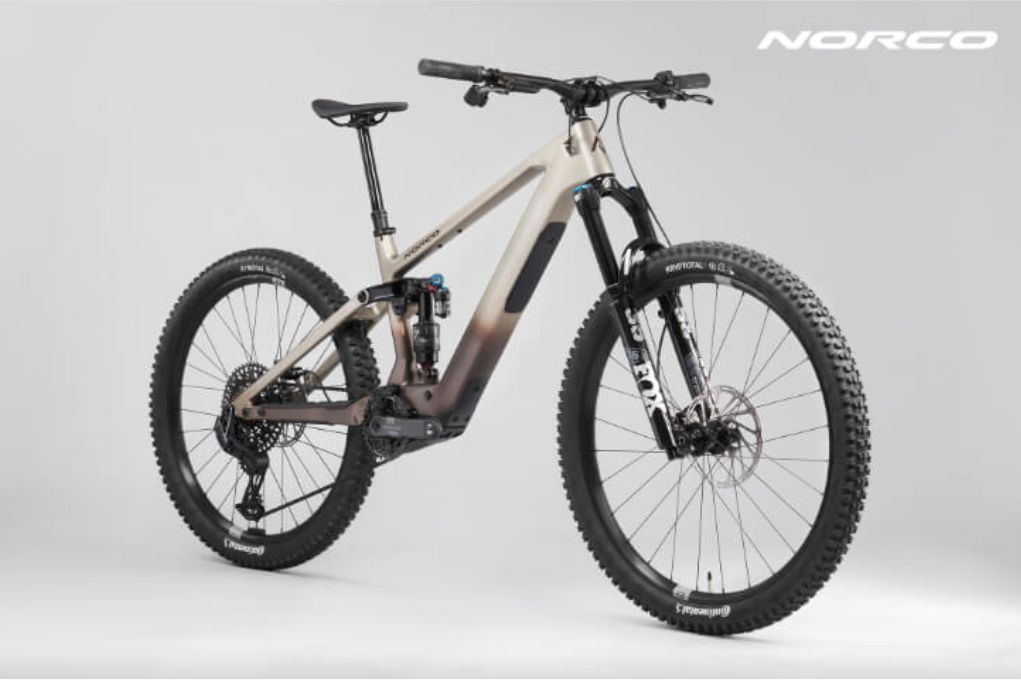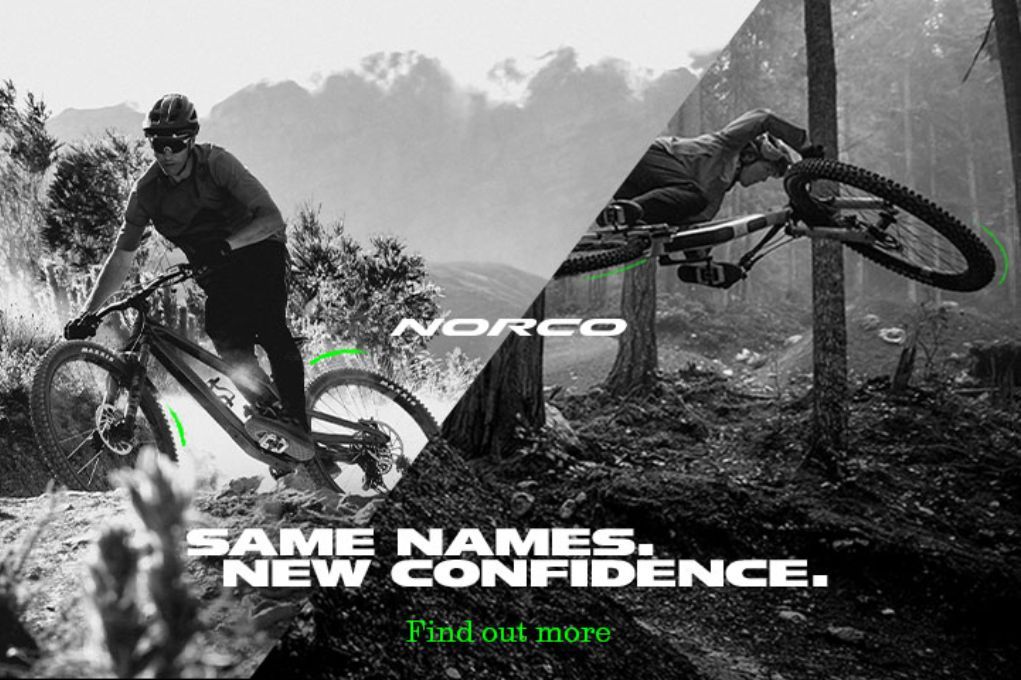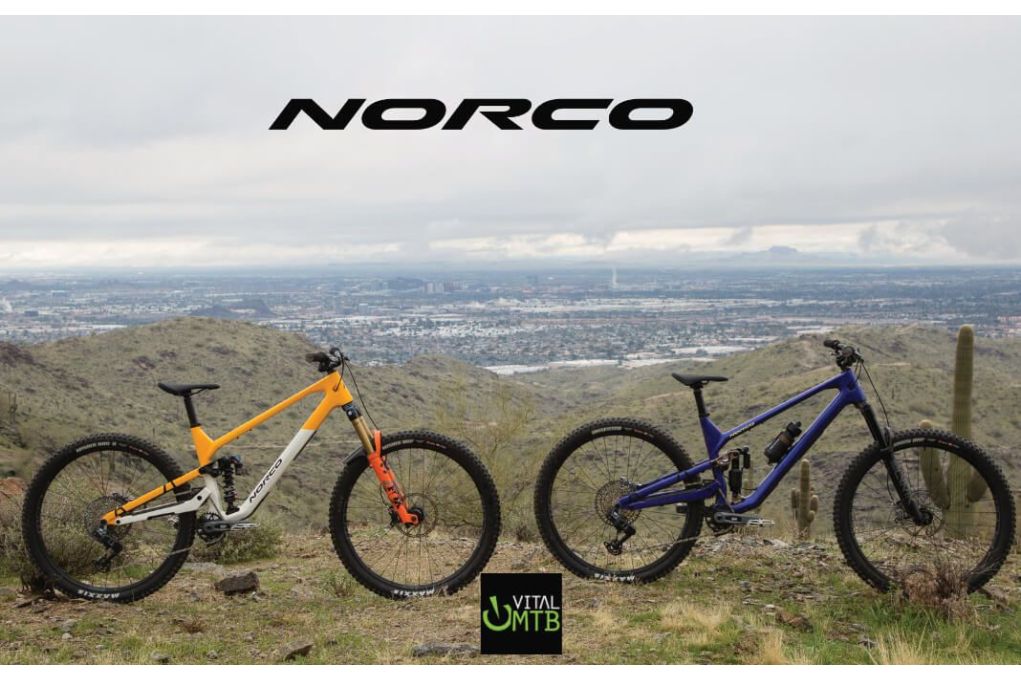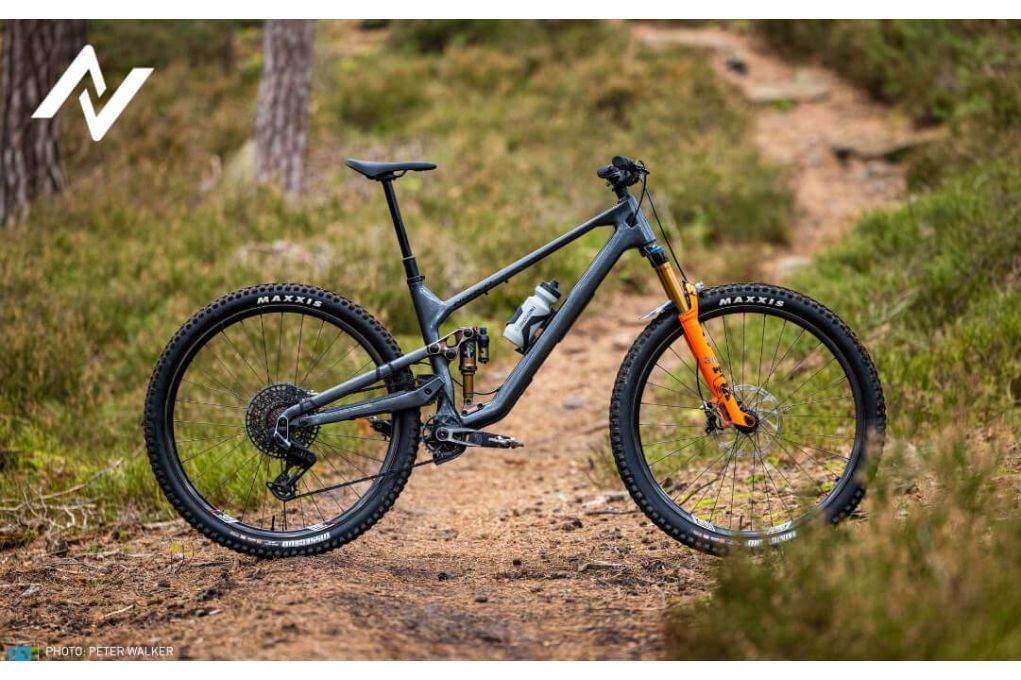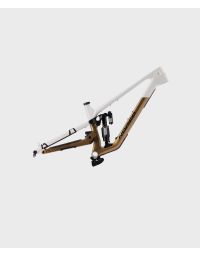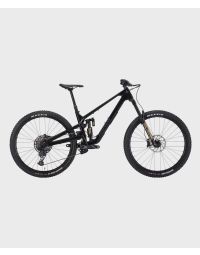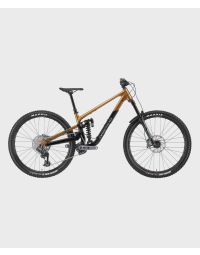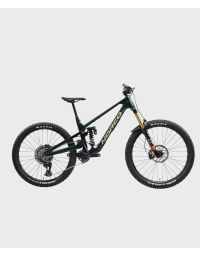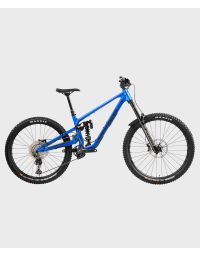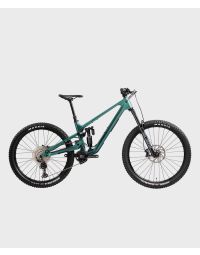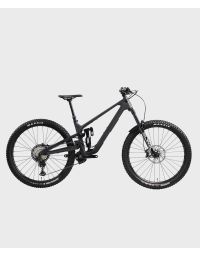ARMEGA SP25
Review: PinkBike - Norco Sight Bike

PinkBike has reviewed the Norco Optic Bike. Here is what they had to say:
Norco aren't strangers to the world of high pivots – the Aurum HSP downhill bike kicked things off over six years ago, followed by the Shore and then the Range. The trickle-down continues for 2024 with the launch of the new Sight, along with its shorter travel sibling, the Optic.

The Sight retains its 150mm of rear travel and 160mm fork, but that rear suspension now comes courtesy of a high-pivot Horst link layout, with an idler pulley mounted on the chainstay. Norco's goal with the revised Sight was to use the lessons learned form the burlier Range to create a more maneuverable, pedal friendly option.
There are carbon and aluminum framed versions of the Sight, and riders can choose from 29” or mixed wheel configurations.

I tested the C1 MX model ($7,499), which has a Fox 36 Factory fork, a DHX2 Factory coil shock, SRAM GX Transmission, Code RSC brakes, and Race Face Vault hubs laced to Stan's Flow S2 rims.
Frame Details
The elevated chainstays and the idler pulley are the most immediately eyecatching features of the Sight, but the frame design itself is fairly straighforward, and has most of the little details you'd expect to find on modern trail / enduro bike. There's internal cable routing through the headtube (not the headset), room for a water bottle, and a tube / tool mount underneath the top tube. There's also frame protection on the downtube to prevent damage from shuttling or scree surfing.

The shock is driven by a rocker link that's mounted on the seat tube and driven by the chainstays, with a bearing mount at the lower eyelet for reduced friction. That lower shock mount is swappable depending on the wheel size a rider wants to run. The geometry between the 29” and mixed wheel models is nearly identical, except for the chainstay length – the chainstays are a little longer in the 29” setting.
Getting back to the idler design, the idler is sandwiched inside the chainstay, and there's a small guide extension that helps ensure the chain doesn't get knocked off line. There's also a custom chainguide that hugs the bottom of the chainring.
Geometry
Norco has gone with numbered rather than t-shirt sizing for the Sight, and there are five sizes available. Reach numbers range from 422mm on a size 1 all the way up to 522 on a size 5. Other key numbers include a 64-degree head angle and a 77-78 degree seat tube angle that varies depending on the size – larger sizes get a steeper angle to keep taller riders from ending up too far over the rear wheel.

Norco was one of the early proponents of size specific chainstays, and that continues with the Sight. The chainstays on the mixed-wheel size 3 I tested measured 428mm, which is quite short, but that number does increase to 436mm at sag, and 445mm at the most rearward part of the axle path, which occurs around two-thirds of the way through the travel.
The seat tube lengths are also very short – even the largest size has a 445mm seat tube length, the same length you'd expect to find on a size large frame, providing plenty of room for riders to run the longest dropper post possible.
Suspension Design
Compared to old Sight, Norco reduced the leverage ratio and increased the amount of progression for more support and bottom-out resistance, which is good, since that was one of my gripes about that version – achieving a balanced setup wasn't that easy to achieve on the previous version.

As I mentioned in the geometry section, the axle path moves the rear wheel 12mm rearward before it starts moving forward for the remainder of the travel. Norco says that the more moderately rearward axle patch, as opposed to entirely rearward, helps reduce wheel hang up and makes the handling feel more natural.
According to Norco engineer Colin Ryan, "The idler is mounted to the chainstay separate from the main pivot shaft, which allowed us to fine tune the anti-squat characteristics to suit each bike's personality. We spent a considerable amount of time muling different idler locations for both bikes using swappable idler carrier plates that mounted to the chainstay. This allowed us to go beyond just looking at anti-squat curves on a computer screen and actually feel how these adjustments translated into different pedaling feel.
Climbing
It’s easy to pigeonhole a high pivot bike as being optimized for downhill performance – there's something about that idler pulley that screams “downhill machine” no matter how much travel a bike has, but that rearward axle path (and the coil shock) also pay dividends on technical climbs. The Sight does a great job of smoothing out chunky, steplike sections of trail, free from the micro wheel bounces or tire spin-outs that can put a halt to upward progress.

I occasionally used the climb switch to calm things down a little on logging road spins or other times when the terrain was fairly smooth, but otherwise, the slight amount of extra movement never bothered me.
Other than the super short seat tube leaving a lot of post extending skyward, the rest of the Sight's dimensions felt great on the climbs – the seat tube angle is steep enough that I didn't need to slam my seat forward on the rails, and the seated position was comfortably upright without putting too much weight on my hands.
The Sight's wheelbase is very manageable, making well suited to slow speed, tight, awkward moves. This could potentially be a technical climber’s dream machine, although maybe not in the traditional sense. Hardtail-like efficiency is often touted as the holy grail, but traction is really the key to solving uphill puzzles, especially if there’s sufficient support to keep the back end from sagging like a worn out mattress.
Descending
My first ride on the Sight took place on Vancouver's North Shore, a fitting location considering that it's where a good portion of the bike's development took place. The Shore isn't quite as awkward and janky as it once was, but there's still no shortage of rocky, slower speed testpieces, which is where the Sight really shines. I made sure to feed it a few skinnies too, for old time's sake, and it handled those cedar sculptures very well.
The Sight's axle path is well managed, and it never felt like it was too rearward, a trait that can make some high pivot bikes feel a little strange in corners or when trying to get airborne. It's very predictable, delivering a calm ride without ever feeling dull or lethargic. In addition, the way it mutes landings off larger drops or into a chopped up section of trail is extremely enjoyable.
How Does It Compare?
The Specialized Stumpjumper EVO is another good example of a versatile all-mountain rig, a bike that's not quite a full-on enduro sled, but it's also not really a trail bike either. It was last updated in 2021, but the adjustability Specialized baked in has allowed it to remain very relevant. The fit of a S4 Stumpy EVO and a size 3 Sight is fairly similar - the reach numbers are in the low 470 range, and the head angle is around 64-degrees. I do prefer the taller stack and steeper seat angle of the Sight - that creates a more upright, comfortable climbing position.
As far as suspension performance, the Sight delivers more grip, and has better support for bigger hits - you can push hard without worry about using the travel too quickly, while the Stumpjumper EVO doesn't have the same almost-bottomless feel. For more rolling, less rugged terrain the Stumpjumper EVO is a good pick - it feels lighter and more efficient than the Sight. When it comes to chopped up terrain and really letting off the brakes, the Sight takes the win - that high pivot layout does a better job of smoothing out the chunky stuff.
Could 2024 be the year the 'all-mountain' category makes its triumphant return? If so, the Sight happily fits the bill. It's burlier than a typical trail bike, but not quite as gravity-oriented as some of the longer travel enduro machines, which makes it an intriguing option for riders hunting for that elusive do-it-all bike.
Read the full article here
